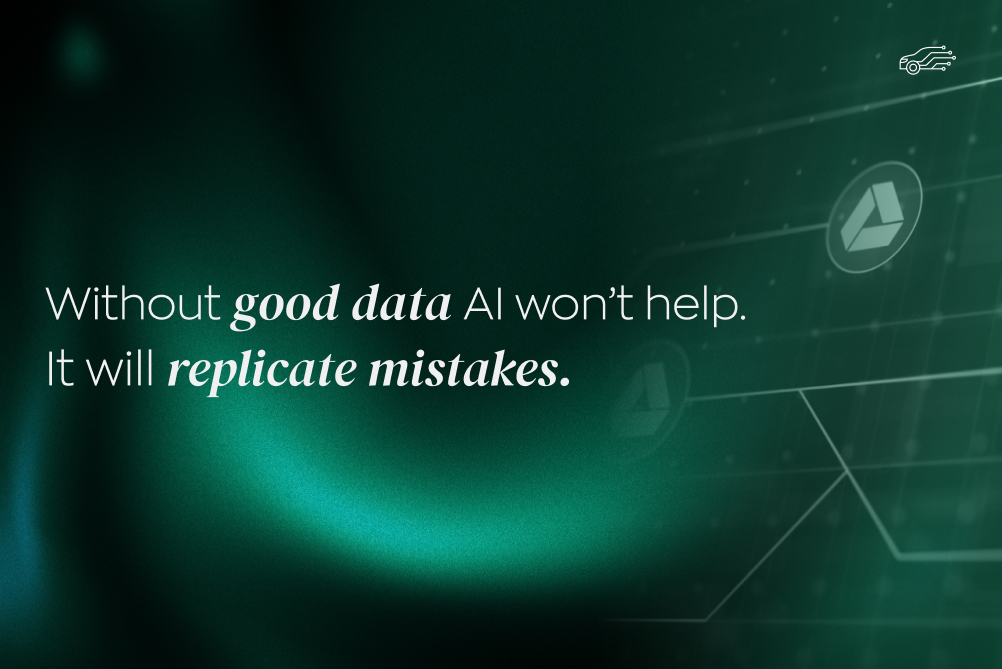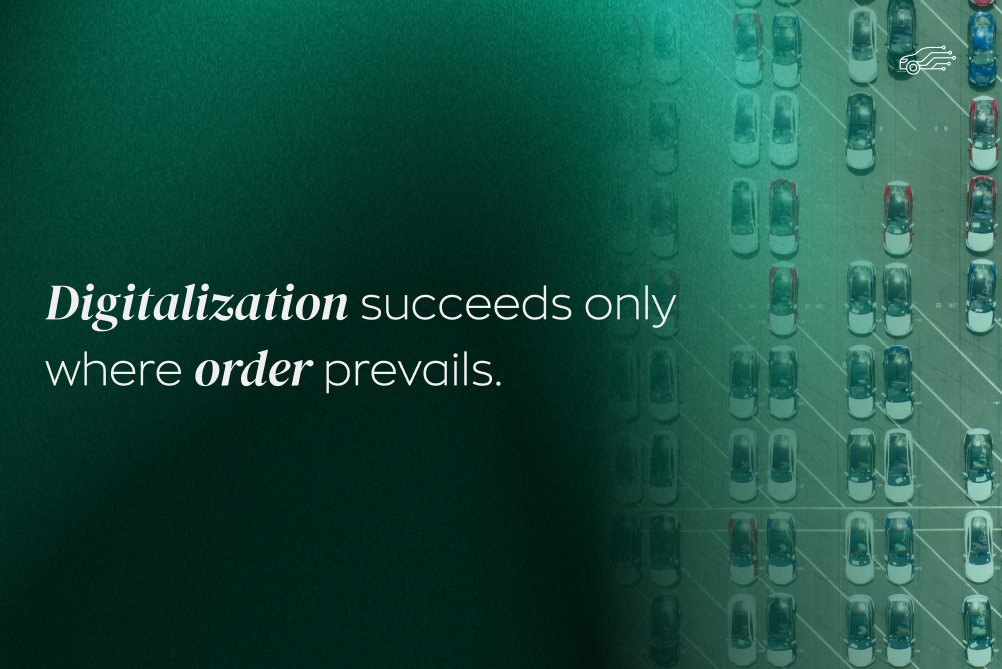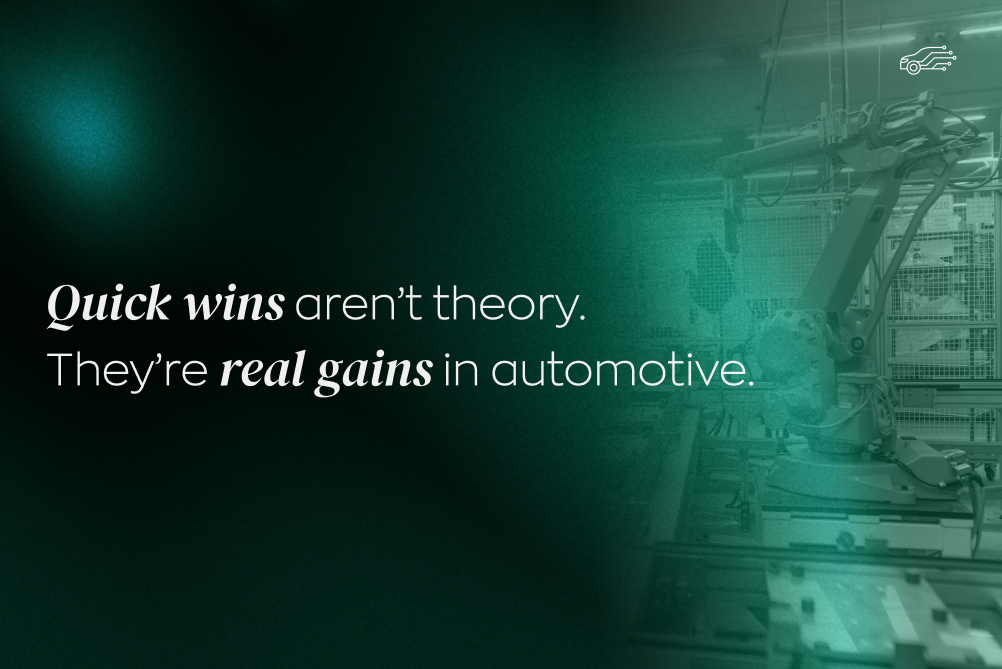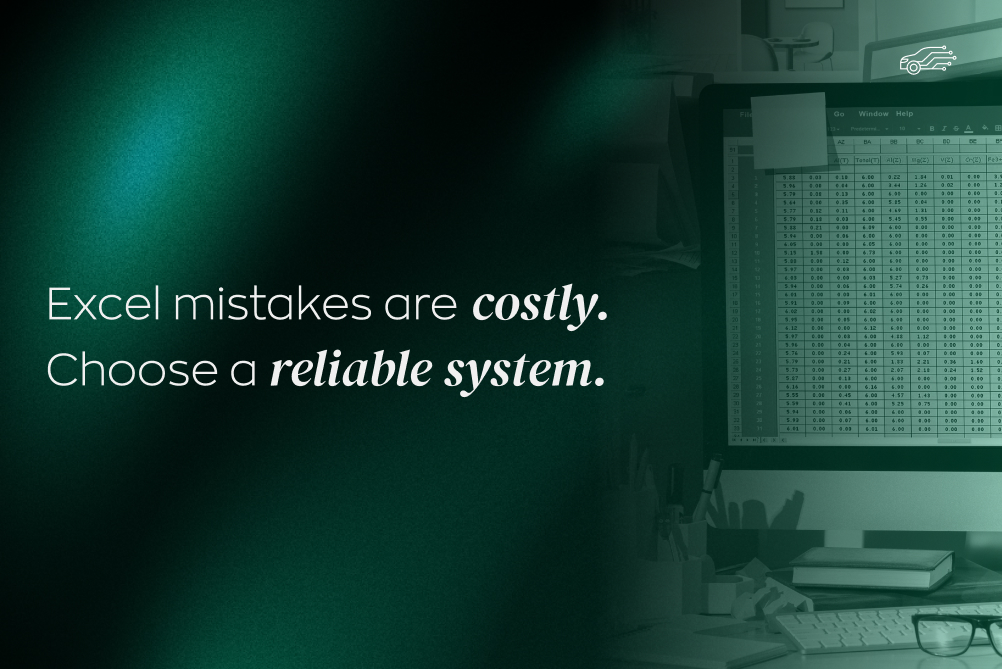Running a small or medium-sized business is increasingly challenging. According to the SBA, 25% of companies fail within one year, and 50% fail in the first five years. While this is a bleak statistic for SME operators, accessibility to new technology offers a unique opportunity to out-compete companies in your sector.
In this article, we will discuss digital transformation for small and medium-sized enterprises (SMEs). We’ll present a comprehensive argument for embracing new technologies and provide an actionable plan to move forward. In addition, we also explore the common challenges small and medium-sized businesses face when implementing digital solutions, along with an example from one of our clients.
Understanding digital transformation
In today's rapidly evolving business climate, digital transformation has emerged as a crucial strategic initiative for organizations of all sizes, particularly for SMEs. This paradigm shift includes far more than just adopting new technologies; it involves a comprehensive reimagining of business processes, models, and customer interactions. According to IDC (International Data Corporation), the investment in “direct digital transformation” is on a remarkable trajectory, expected to reach an astounding $7 trillion, with a compound annual AGR of 18%.
Defining digital transformation
At its core, digital transformation involves leveraging technology to fundamentally alter how a business operates, interacts with customers, and creates value. It goes beyond merely digitizing paper-based processes or moving data to the cloud; instead, it's about using digital solutions as an enabler to drive innovation, streamline operations, and revolutionize the customer experience.
Digital transformation vs. digitalization
It's essential to differentiate between digitalization and digital transformation. Digitalization is converting analog information into a digital format. In contrast, digital transformation involves a holistic reimagining of business strategies, operations, and customer engagements by harnessing the full potential of digital technologies. As an SME operator, you must grasp this distinction to comprehend the profound impact digital transformation can have on your growth trajectory.
Types of digital transformation
Digital transformation encompasses several dimensions:
- Operational enhancement: Streamlining processes, automating workflows, and optimizing data management to boost efficiency and minimize errors.
- Customer-centric approach: Engaging customers through personalized interactions, real-time support, and seamless online experiences.
- Innovation and agility: Fostering innovation, exploring new business models, and adapting swiftly to market changes.
- Data-Driven insights: Utilizing analytics to turn data into valuable insights for informed decision-making.
- Global market access: Expanding reach via digital channels and e-commerce platforms to tap into global markets.
With global digital transformation spending projected to hit $3.4 trillion by 2026, it's evident that your SME needs to embrace digital transformation to remain competitive and thrive in the digital era.
The benefits of digital transformation for SMEs
Improving business operations with digital solutions can offer diverse benefits depending on your products or services and existing relationships with technology.
Improve efficiency
As new AI and ML solutions become more accessible to SMEs, nearly all businesses can leverage revolutionary solutions to streamline processes through automation and data management. For example, if a small retailer is still tracking their inventory using Excel spreadsheets or on paper, they are at risk of making errors and struggling to maintain real-time stock levels. By embracing digital transformation with an inventory management system, the process is automated, and the operator can use the data to identify sales patterns, seasonal trends, and high or low-performing products.
Expanded market reach
Transforming your marketing to digital platforms such as social media and eCommerce will dramatically expand your reach. However, a digital transformation is far more than setting up an online store and posting to Facebook; it entails automating content creation, using data to find new markets, and targeted advertising.
Enhanced customer experience
According to a Digital-First Customer Experience Report, 81% of customers expect more self-service options. That means most of your potential customer base or existing users want access to information or purchasing power of your products or services without speaking to a representative.
Utilizing digital solutions will enhance the user experience, whether they are just learning about your business or have already adopted your services.
Innovation
A fundamental part of digital transformation is improving your existing offering through technology. For example, we worked with the American manufacturer Igloo to create a remote management and monitoring system for their heat pumps. While the company is known globally for personal coolers, Igloo now offers residential and commercial heating and cooling units. Our innovative system makes it easy for distributors, service members, and installers to help customers utilize and manage Igloo’s new range of products.
Scalability
Embracing digital transformation empowers SMEs to achieve growth by adapting to market demands. For example, moving data from physical servers to cloud-based infrastructure can help businesses reduce costs, access data globally, save space, improve security, and backup data.

Taking steps to embrace digital transformation
Every business’ digital transformation journey will look different. While your SME will have specific needs, there are some general steps you can take to embrace the change.
Assessing current state
Every digital transformation begins with a thorough technology assessment. First, evaluate your existing technological infrastructure and business processes. Then, identify all pain points and areas that can be improved upon.
A thorough analysis will help you find areas where digital solutions can benefit your business and be positioned to overcome the challenges of revolutionizing your SME.
Defining objectives
Next, set clear goals for your digital transformation. These can include but aren’t limited to:
- Reducing costs
- Growing revenue
- Improving customer experience
- Expanding your market
- Streamlining operations
- Empowering your employees
- Moving toward sustainability
- Implementing agility and adaptability
- Finding new revenue streams
Once you’ve defined realistic objectives, align them with your business strategy.
Technology selection
Choosing tech solutions to achieve your objectives is a crucial process. Ensure you know the options relevant to your business need or are working with an experienced IT consultant. Solutions can include CRM, data analytics, cloud computing, logistics software, or any other platform to assist your digital transformation.
Implementation plan
Now, you have enough information to build a strategy moving forward. Develop a step-by-step plan with a timeline for implementation. Ensure you have adequate resources and personnel to execute the process to meet your goals and deadlines.
Employee training and change management
One of the most overlooked steps in digital transformation is training. Your employees and operators must be given adequate time and information to utilize new technology platforms effectively.
Overcoming common challenges
While implementing new solutions has incredible upside for SMEs, 70% of digital transformations fail. However, this statistic shouldn’t prevent you from embracing technology. So many organizations fail because they aren’t prepared, don’t set realistic expectations, and aren’t utilizing their employees.
Transitioning your SME can be highly complicated, depending on your current infrastructure and company culture. Every company will have a different path forward but benefit from understanding the common roadblocks stopping most SMEs from succeeding.
- Cost and resource restraints – Failure to commit financially sinks efforts to implement new solutions. Budget with realistic expectations and explore cost-effective options.
- Changing company culture – The number one reason digital transformations fail is employees aren’t comfortable with the changes. Executives are responsible for properly training operators, placing effective managers in leadership roles, and encouraging everyone to embrace new solutions.
- Integration – The gap between new and existing systems is among the most significant challenges for SMEs. If you aren’t hiring professional help to implement changes, ensure you know what you are doing.
Technology is rarely the problem. Digital transformation success rates would be much higher if that were the case. Unfortunately, what’s getting in the way of so many companies are humans. So, the solutions are far less tangible than picking the right software. As a result, training and instilling a company culture that embraces change is the most essential part of digital transformations.
.jpg)
PPC System case study
One of our most successful projects was for PPC System, a pay-per-click digital marketing agency. We were hired to improve their call center operation with a modern enterprise resource planning (ERP) system.
Our team developed a CRM module with VoIP technology, transitioning all calls online. As a result, the PPC System has transformed essential business operations by improving customer service and team communications. In addition, because calls are now digitalized, they have access to communication data and can make more informed decisions.
.jpg)






.png)




.jpg)
.jpg)


.jpg)
.jpg)



.jpg)
.jpg)
.jpg)
.jpg)
.jpg)
.jpg)

.jpg)
.jpg)
.jpg)
.jpg)
.jpg)
.jpg)
.jpg)
.jpg)
.jpg)
.jpg)






.jpg)
.jpg)
.jpg)

.jpg)

.jpg)


.jpg)
.jpg)

.jpg)
.jpg)

.jpg)

.jpg)
.jpg)
.jpg)

.jpg)
.webp)

.webp)


.jpg)









.webp)


.webp)






















